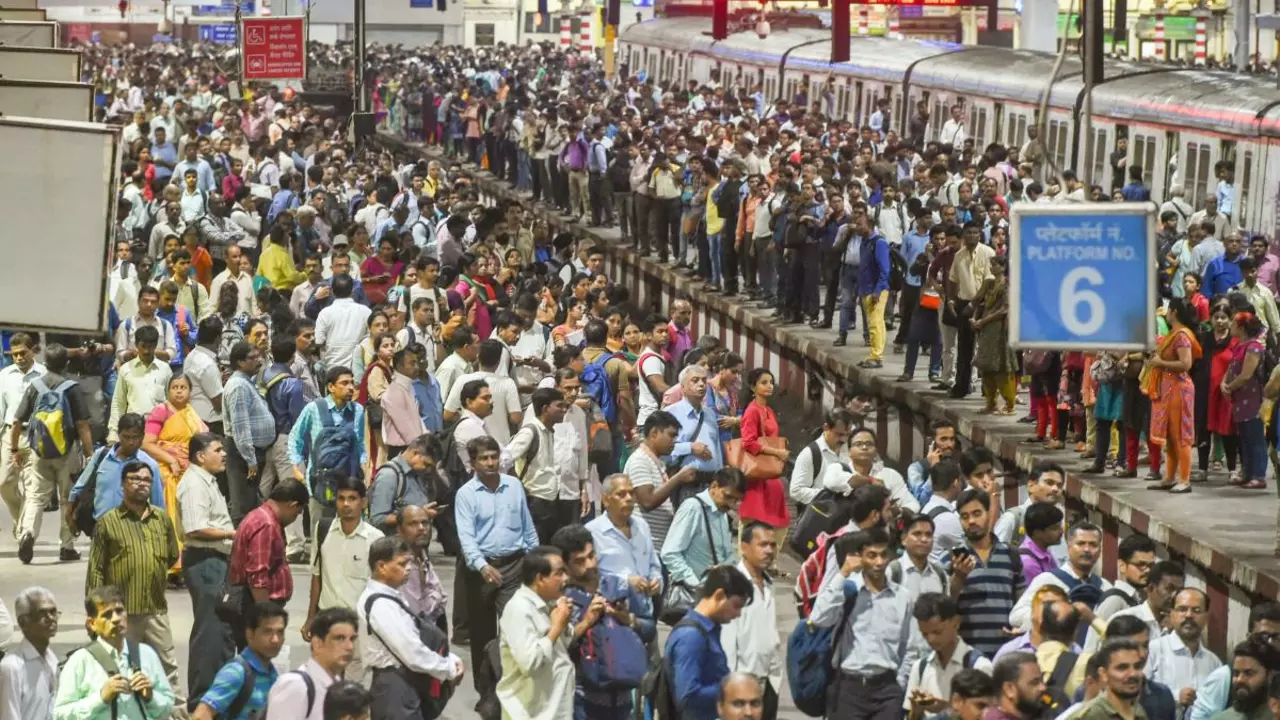Demographics and Population Studies in India
Welcome to the hub where we break down India’s huge population numbers into easy‑to‑understand facts. If you ever wondered why India feels so crowded or how its demographics shape daily life, you’re in the right spot. We’ll walk through the biggest drivers, recent trends, and what they mean for you.
Why India’s population keeps growing
First off, high fertility rates have been a core reason. For generations, big families were seen as a safety net—more hands to work, more support in old age. Even though birth rates are falling now, they’re still above the global average, keeping the numbers climbing.
Health improvements play a huge part too. Better hospitals, wider vaccination coverage, and clean water have slashed child mortality. Kids who survive past infancy add to the total count, and longer life expectancy means more adults hanging around.
Key factors shaping India’s demographics
Urbanization is another big piece of the puzzle. People flock to cities for jobs, and those cities keep expanding. When rural families move, they often bring their larger household habits with them, pushing city populations up even faster.
Economic changes matter as well. As incomes rise, families start investing in education and health instead of just adding more children. This shift is slowly nudging the average family size down, but the sheer size of the current population means growth still feels rapid.
Government policies also influence the picture. Family planning programs, like the National Population Policy, aim to balance growth with resources. Yet cultural preferences and regional differences mean the impact varies across states.
All these pieces—fertility, health, migration, economics, and policy—mix together to create a complex demographic landscape. Understanding each factor helps predict where the country is headed.
Our featured post, “Why are there so many people in India?”, dives deeper into these topics. It outlines how historic trends, industrial growth, and modern healthcare combine to keep the population high, even as the government pushes for slower growth.
So, what does all this mean for everyday life? More people drive demand for housing, jobs, and services, which can boost the economy but also strain infrastructure. Knowing the demographic forces at play helps businesses, policymakers, and citizens make smarter choices.
Stay tuned for regular updates on census releases, new research, and stories that put numbers into real‑world context. Whether you’re a student, a professional, or just curious, this page gives you the tools to understand India’s demographic story without the jargon.





